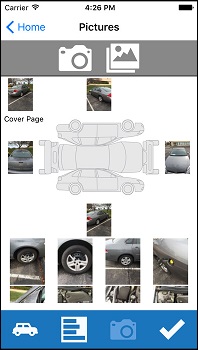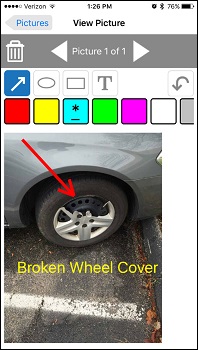Tires have a lot of information written on their sidewalls. It might not look like a lot at first, but each character has a meaning and communicates relevant information. Here is a breakdown of how to read a tire and what each character means.
Let’s use this as our tire example: P225/60R16 97S
Service/Tire Type – The first part of tire size explains the type of vehicle or service that the tire is designed for. Our example has ‘P’ which stands for PMetric and indicates that this tire is designed for a passenger vehicle. Other tire types are:
LT = Light Truck
ST = Special Trailer
T = Temporary
If there is no letter at the beginning then the tire is a Euro metric tire.
Tire Section Width – Next we have tire width. Our example has a width of ‘225’ which means that the tire measures 225 millimeters from sidewall to sidewall.
Aspect Ratio – After the / we have the aspect ratio which refers to the height of the sidewall. It tells you the sidewall height as a percentage of the section width of the tire which in our example is ’60’. This means that the sidewall height is 60% of the section width (225 millimeters in our example) which makes the sidewall height 135 millimeters.
Construction – The letter after the aspect ratio indicates the tire’s construction. In our example, we have the letter ‘R’ which stands for radial. This is the most common type of automotive tire with the other types being:
B = Bias Belt
D = Diagonal
Wheel/Rim Diameter – Next we have the wheel diameter which in our example is ’16’. This measurement is in inches which means that this tire will fit on a 16-inch wheel. There are some cases where this number can be expressed in millimeters (390 for example), but in most cases, it will be in inches.
Load Index – After the wheel diameter we have the load index which in our example is ’97’. This tells you how much weight the tire can support when properly inflated. The number itself doesn’t tell you how much weight it can support, but it corresponds with a certain carrying capacity. A load index of 97 means it can support 1609 pounds.
Speed Rating – This indicates the maximum speed at which this tire can be driven on when properly installed. In our example, we have a speed rating of ‘S’ which equates to a maximum speed of 112 mph (or 180 kmh).


